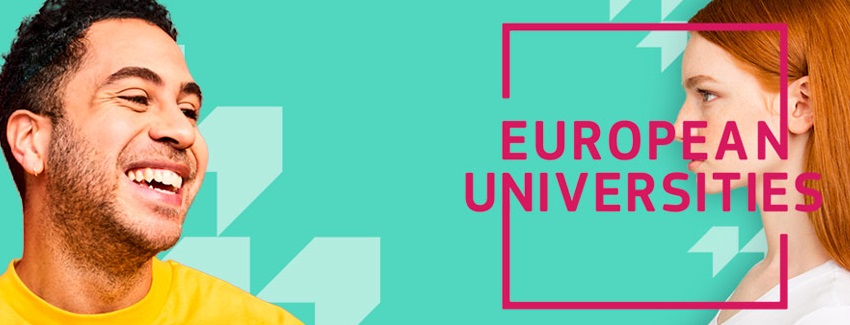The European Education Summit 2021 puts the European Education Area at the centre and connects to the recovery and resilience funds.
The European Education Summit is the annual flagship event of the European Education Area (EEA), the ambition of the EU to achieve a high quality and inclusive European education and training sector fit to face the digital and green transitions. At this year’s 4th edition of the summit, the President of the European Commission (EC), Ursula von der Leyen, emphasised the three major developments for European education in 2022: first, the upcoming European Strategy for Universities which will be presented on 18 January 2022; second, the transformation of the education systems across Europe to a greener and more digital model (a recommendation on education for environmental sustainability will be presented in early 2022); and third, the continued use of the funds of the recovery and resilience plans under Next Generation EU for education. Member States reserved approximately 13% of these funds for investments in education and skills in their countries (this is equivalent to about €50 billion). The Commissioner for Education, Mariya Gabriel, added that the EEA places a focus on teacher education, which is a priority of the French presidency of the Council of the EU in 2022. To this end, the EC aims to establish 25 Erasmus+ European teacher academies in 2022.
The 2021 EU Education and Training Monitor was presented at the summit. This annual report measures the EU Member States’ progress towards the EU’s education targets as set out in the strategic framework for European cooperation in education and training towards the EEA and beyond (2021-2030) and puts a particular focus this year on resilience and mental health. Indicators such as tertiary level attainment, early school leavers or low-achievement in basic skills are measured and compared. The main indicators that show little progress are low achievement in basic skills (e.g. maths was 22.9% in 2018, target by 2030 is <15%) and low achievement in digital skills among 15 year olds; the progress regarding tertiary attainment (40.5% in 2020, target by 2030 is 45%) and early school leavers (9.9% in 2020, target by 2030 is <9%) is good on the other hand. There is concern that the disruption caused by the pandemic caused substantial learning loss, mostly for disadvantaged learners. At the same time, the European Parliament (EP) called in a resolution on the EEA of 18 October 2021 for increased ambition for certain targets (cf. paragraph 25 of the resolution). The EC state that the main challenge in achieving the targets set out in the EEA strategic framework will be inclusion, such as closing the digital divide and reaching disadvantaged learners. The monitoring report further points out that on average 4.7% of GDP is invested in education (equivalent of 10% of public expenditure). The European Parliament also called for this investment proportion to be increased in its 18 October 2018 resolution. The additional funds made available through the resilience and recovery facility (RRF) under Next Generation EU to Member States will contribute to the efforts to achieving the targets and to compensate for the adverse impact of the pandemic.
The new European Strategy for Universities was discussed at the summit. It will be proposed by the EC on 18 January 2022 and aims to bring the EEA and the renewed ERA closer together. The strategy will promote sustainable structural transformations for learning, teaching and research in higher education. In this regard, the European Universities initiative and the new Innovation Capacity Building for Higher Education programme by the European Institute of Innovation and Technology (EIT) will be key instruments. The consultation showed that quality, inclusion and democratic values and academic freedom should be key elements of the strategy. The EC will propose the development of a European degree and legal statutes for alliances of universities, as well as the full roll-out of the European student card initiative. These elements will be presented as a higher education package by the EC on 18 January 2022. The strategy will address all 5’000 HEI in Europe and bridge the gap between HEI across the continent, whether they are part of alliances or not.

